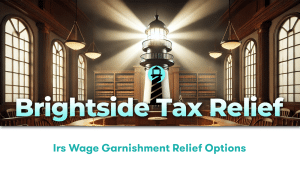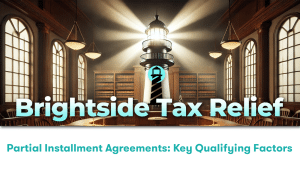Understanding Tax Liens
First, it’s essential to understand just what tax liens encompass. A tax lien is imposed by the government on a person’s property due to the non-payment of taxes. If the taxpayer is unable to fulfill the outstanding tax debt, the state or federal government can put a lien on their property. This averts the sale of the property until the debt gets settled.
Providing a solid foundation for grasping tax lien investing requires a discussion of tax liens themselves. When a property owner neglects to pay their taxes, the government can convert their property into a taxable entity and hold an auction for the selling of these tax liens.
Entering the World of Tax Lien Investing
Tax lien investing involves purchasing these liens at a government-held auction. The highest bidder at such an auction gains the property rights and takes priority over other claims. This can be a lucrative investment opportunity given that, once the original owner clears the tax debt, the lienholder (investor) earns back the investment plus an interest.
What attracts most people to tax lien investing is the potential for high returns. The interest rate on tax lien investments can range from 4% to 36%, depending on the jurisdiction.
Pros and Cons of Tax Lien Investing
Like any other investment, tax lien investing has its pros and cons.
Pros:
- High Returns: As mentioned, the interest rates on tax lien investments can be quite high, leading to significant profits.
- Priority Claim: Winning a tax lien auction means you have the first rights over a property, even over mortgage lenders.
- Property Ownership: If the lien isn’t paid, you have the opportunity to claim ownership of the property.
Cons:
- Uncertainty: There’s always a level of risk involved. The property owner may file for bankruptcy, which might void the lien.
- Maintenance Costs: If you end up owning the property, you’ll be responsible for its maintenance and potential costs associated with its resale.
- Research Necessary: Thorough research is essential to choose the right property to invest in. There could be other outstanding debts or liens on the property that are uncovered later.
Getting Started With Tax Lien Investing
Here’s a basic step-by-step guide to getting started with tax lien investing:
1. Research
Before entering any auction, it’s crucial to do your homework on the properties up for bid. This should involve checking the physical condition of the property, assessing its location, and conducting a title search for any complicating factors.
2. Attend Auctions
Bidders can participate in tax lien sales either online or in person. A “bid-down” process is used where the interest rate starts high and decreases until a winning bidder accepts the lowest rate.
3. Await Redemption
After winning a bid, the investor then waits for the property owner to repay their tax liability, during which the lien accrues interest. If the owner doesn’t redeem the lien, the investor can foreclose the property.
Importance of Working with a Professional
Tax lien investing can be complex and risky, so it’s recommended to work with professionals in the field. Companies like Brightside Tax Relief LLC have extensive experience dealing with tax liens and can guide beginners through the process. They offer essential information, advise on the properties to invest in, and help navigate the complexities of tax rules and laws.
Learn more about tax lien investing with the IRS resources.
Final Thoughts on Tax Lien Investing
Tax lien investing offers a unique, potentially lucrative investment opportunity. However, it also requires in-depth research, a good understanding of the process, and patience to await a payoff. Teaming up with an established tax relief company like Brightside Tax Relief LLC can ease the learning curve and assist in clear decision-making. Knowledge and diligent research are the key to navigating this investment strategy successfully.




